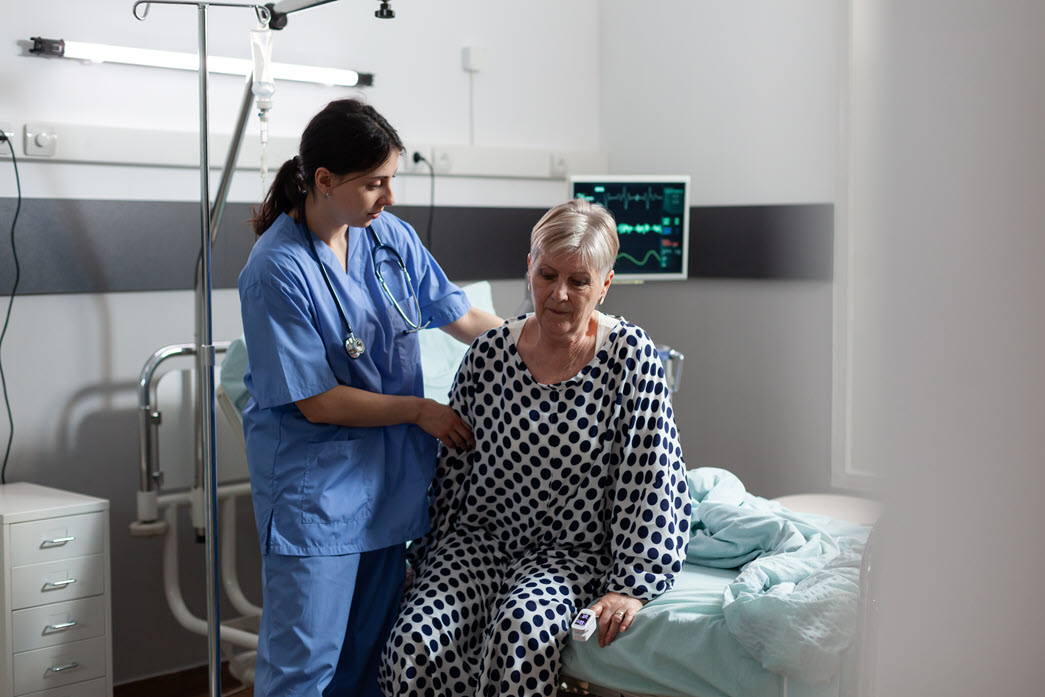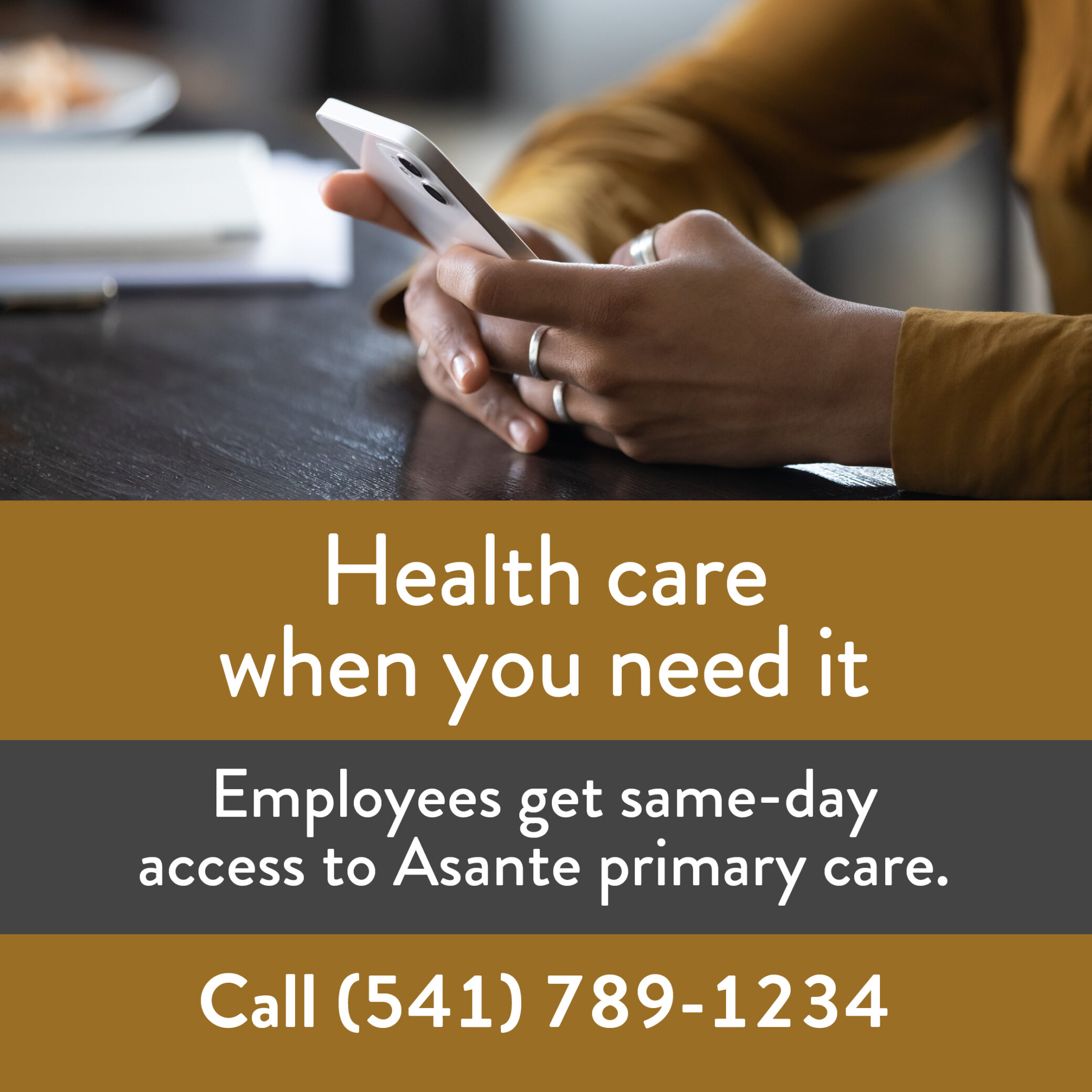Share:
Internal audits help us strengthen our fall prevention

Asante participates in federal accreditation and certification surveys through DNV to not only meet Medicare standards, but to continuously improve the quality and safety of care delivered throughout the system.
These surveys take place once a year, but are not the only audits that drive change and performance at Asante. Over the past year, the Accreditation department has worked to build a collaborative internal audit program. This program examines nonconformities identified by DNV and high-risk events or areas. Its purpose is to provide year-round transparent analysis into processes and to gather data that can be used for education and to improve existing policies and practices.
One internal audit that applies to all caregivers is the fall-prevention and post-fall documentation audits. In 2022, Asante saw an increase in the number of falls with injury. These not only cause immediate patient harm and delayed recovery, they also lead to an increase in health care utilization at a time when our system is already feeling the strains of a routinely high census.
It is paramount to remember that hospitalized patients, no matter what their previous activity or mobility level was at home, are at a higher risk for falls.
Fall prevention is key to keeping patients safe. It involves managing a patient’s underlying risk factors to prevent both injury and non-injury falls. Chair and bed alarms are one way to reduce falls, so auditors interview staff on their process and knowledge of when and how to use these alarms.
Audits discovered a gap in formal training on alarms use, and with the help of Nursing Professional Development, operational leaders and Accreditation, additional education was provided to staff. Educational resources are available and can be accessed through ALEC under the “Posey Sitter on Cue Chair Pad Sensor Overview of Features” module and procedure 400-PCS-NURS-0866 Chair Alarm/Bed Alarms.![]()
In addition to staff education, pilot programs to strengthen Asante’s fall prevention program are beginning. One such program is the NaviCare Patient Safety System, which includes safety features such as bed position monitoring, bed alarms for high-fall-risk patients, bed angle monitoring and alarms for patients at risk of pulmonary complications and turn reminders for patients at risk of pressure injuries.
Another fall-prevention pilot is the telesitter program. This uses video technology and Asante’s current staff to virtually monitor and interact with patients at risk of leaving their bed and potentially falling.
While preventing a fall may not always be possible, it is critical that the post-fall care you’re providing is appropriately documented in Epic. The post-fall assessment documentation audit reviews whether staff are appropriately documenting and compliant with post-fall assessment requirements.
Important policy elements that are reviewed include: completion of the post fall assessment, documentation of post fall vitals, and documentation that the provider and family were notified about the fall.
The audit has identified opportunities for improvement in documenting the Morse fall-risk score and fall-risk interventions. These key documentation helps caregivers understand a patient’s fall risk and ensure proper interventions are used.
Another area for improvement is documenting notifications to loved ones, or if the patient has declined such notification.
While neurological assessments are not an element of the audit, an unfavorable pattern has been identified; with variable performance around neurological assessments after an unwitnessed fall or a fall where the patient’s head was struck. In both these instances, a neurological assessment should be performed and documented every 15 minutes for one hour or as ordered by a provider. This ensures the patient does not have any cognitive changes or other severe conditions resulting from the fall.
Patient or visitor falls should be reported in Midas+, our incident reporting system, to ensure events are reviewed and opportunities for improvement identified. Fall data and trends continue to be reviewed monthly at the system-level health-care-acquired conditions and Patient Safety Council meetings with a focus on reducing fall rates.
Asante continues to strive for quality improvement in all areas, including fall prevention and post fall assessments. The internal audit process serves as an integral part to identify gaps in a process, areas of improvement and to facilitate change.
If you have a question, please contact the author or relevant department directly.



